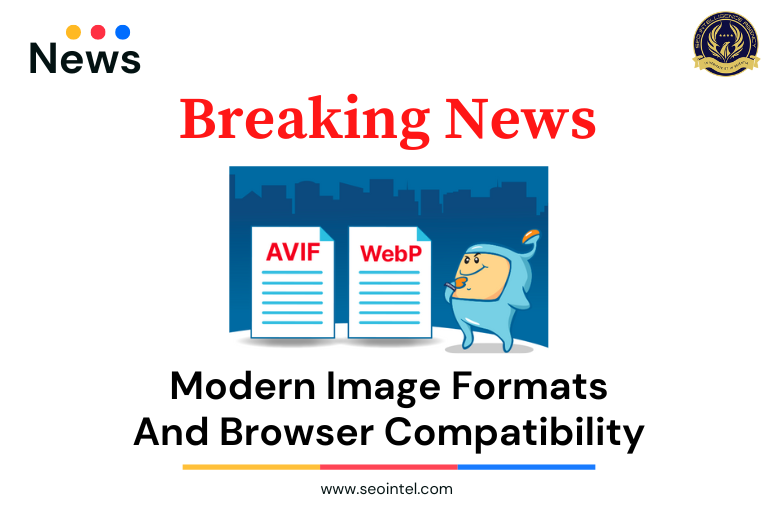
In our Page Speed Optimization articles, we mentioned the use of modern image formats such as WebP and AVIF for faster loading images, without sacrificing quality. One particular disadvantage of modern image formats is that there are some browsers that do not support the image format. Due to this, there are some that hesitate in using them and would much rather go for the usual jpeg or png images.
In the October 2022 Google SEO Office Hours, someone asked if there is a way to use modern image formats such as WebP and address their concern with the inability of some browsers to load such images.
Google’s Martin Splitt responded that there are different strategies for it. One example would be to use an image proxy. Another one is to use the scrset or the picture attribute to provide fallbacks for different users, devices, and browsers. The browsers will then figure out which format to show. There are also services and software that allows you to convert an image into different formats.
So basically, you can still use WebP and AVIF for your image files and not have to worry about the images not being supported and not showing up in some browsers. As more and more people use these formats, more and more browsers are also adopting them.
Check out our article on PageSpeed Optimization: WebP and PageSpeed Optimization: AVIF for more details on what these modern image formats are and how to use them on your site.